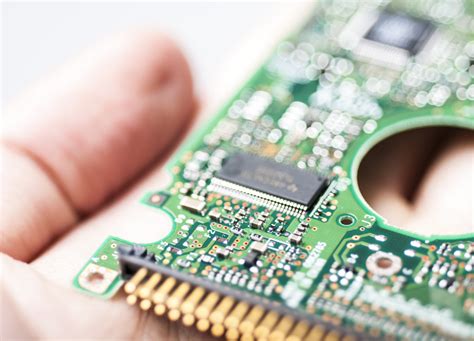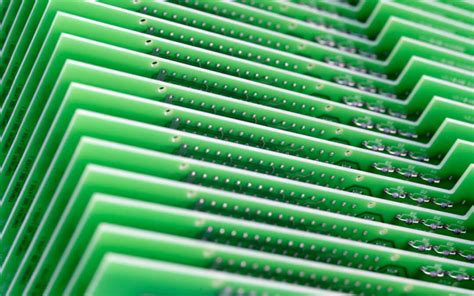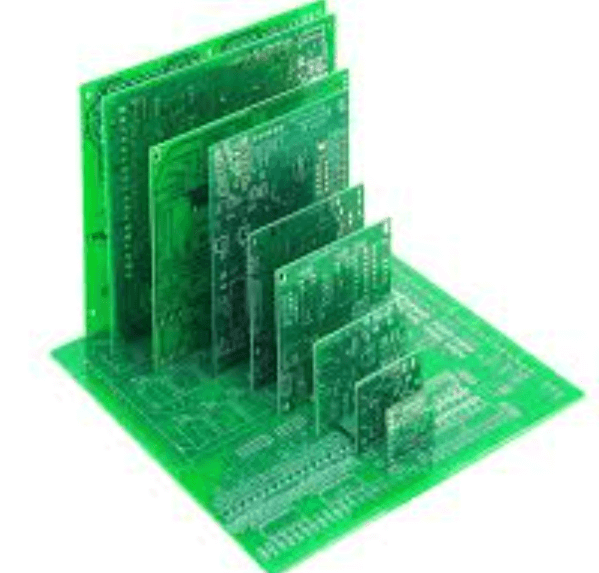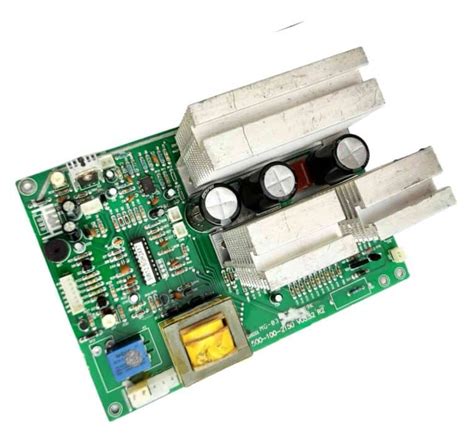Flex pcb benefits
Enhanced Design Flexibility
Flexible printed circuit boards (PCBs) have revolutionized the electronics industry by offering enhanced design flexibility, which is a significant advantage over traditional rigid PCBs. This flexibility is not merely a physical characteristic but extends to various aspects of design and application, providing engineers and designers with a broader scope for innovation and creativity. The ability to bend, fold, and twist without compromising performance allows flexible PCBs to be integrated into complex and compact electronic devices, which is increasingly important in today’s technology-driven world.
One of the primary benefits of flexible PCBs is their capacity to conform to the shape of the device they are being integrated into.
This adaptability is particularly advantageous in the development of wearable technology, medical devices, and compact consumer electronics, where space is at a premium. By utilizing flexible PCBs, designers can create more ergonomic and user-friendly products that align with the contours of the human body or fit seamlessly into small enclosures. This capability not only enhances the aesthetic appeal of the product but also improves its functionality and user experience.
Moreover, the lightweight nature of flexible PCBs contributes to the overall reduction in weight of electronic devices.
This is especially beneficial in applications such as aerospace and automotive industries, where weight reduction is crucial for improving fuel efficiency and performance. The use of flexible PCBs can lead to significant savings in material costs and energy consumption, making them an environmentally friendly option as well. Additionally, the reduced need for connectors and interconnects in flexible PCBs simplifies the assembly process, leading to lower manufacturing costs and increased reliability.
In addition to their physical flexibility, flexible PCBs offer enhanced electrical performance.
The ability to design circuits with shorter and more direct paths reduces the potential for signal loss and electromagnetic interference, which is critical in high-speed and high-frequency applications. This improved electrical performance ensures that devices operate more efficiently and with greater precision, which is essential in fields such as telecommunications and computing.
Furthermore, the durability and resilience of flexible PCBs make them suitable for use in harsh environments.
Their ability to withstand vibration, shock, and extreme temperatures without failure ensures that they can be relied upon in critical applications such as military and industrial equipment. This robustness extends the lifespan of the devices they are used in, reducing the need for frequent repairs or replacements and thereby lowering the total cost of ownership.
The versatility of flexible PCBs also allows for innovative design solutions that were previously unattainable with rigid PCBs.
For instance, they can be used to create three-dimensional circuit structures, enabling the development of more compact and efficient electronic systems. This capability opens up new possibilities in product design and functionality, allowing companies to differentiate themselves in a competitive market.
In conclusion, the enhanced design flexibility offered by flexible PCBs provides numerous benefits that extend beyond their physical adaptability. From improving the ergonomics and aesthetics of consumer electronics to enhancing the performance and reliability of critical systems, flexible PCBs are a key enabler of technological advancement. As the demand for smaller, lighter, and more efficient devices continues to grow, the role of flexible PCBs in meeting these challenges will undoubtedly become even more significant.
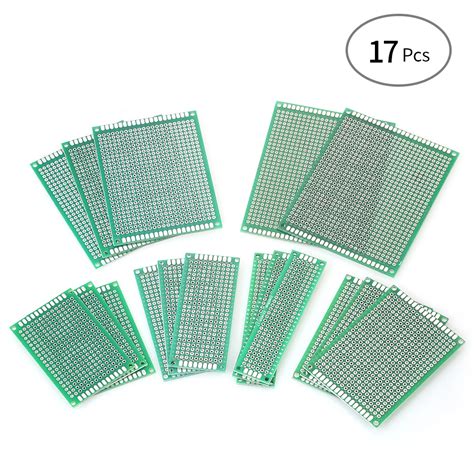
Space and Weight Reduction
Flexible printed circuit boards (PCBs) have emerged as a transformative technology in the electronics industry, offering numerous advantages over traditional rigid PCBs. Among these benefits, space and weight reduction stand out as particularly significant, especially in applications where compactness and lightweight design are paramount. As electronic devices continue to shrink in size while increasing in functionality, the demand for components that can accommodate these changes has grown exponentially. Flexible PCBs, with their unique properties, provide an ideal solution to meet these evolving requirements.
One of the primary advantages of flexible PCBs is their ability to conform to complex shapes and fit into tight spaces.
Unlike rigid PCBs, which are limited by their inflexible nature, flexible PCBs can be bent, folded, and twisted to fit the contours of the device they are integrated into. This adaptability allows for more efficient use of space within electronic devices, enabling designers to create smaller and more compact products without sacrificing performance. Consequently, this space-saving capability is particularly beneficial in industries such as consumer electronics, automotive, and aerospace, where the demand for miniaturization is ever-increasing.
In addition to space savings, flexible PCBs contribute significantly to weight reduction.
Traditional rigid PCBs often require additional connectors and cables to link different components, adding to the overall weight of the device. In contrast, flexible PCBs can integrate multiple components and interconnections into a single, lightweight structure. This integration not only reduces the need for additional materials but also minimizes the weight of the final product. As a result, devices that utilize flexible PCBs are often lighter, which is a critical factor in applications such as portable electronics, wearable technology, and unmanned aerial vehicles, where every gram counts.
Moreover, the reduction in space and weight achieved through the use of flexible PCBs can lead to improved performance and efficiency.
With less space occupied by bulky components and fewer materials weighing down the device, there is potential for enhanced thermal management and better energy efficiency. This is particularly important in high-performance applications where heat dissipation and power consumption are critical considerations. By optimizing the internal layout and reducing unnecessary bulk, flexible PCBs can help maintain optimal operating conditions, thereby extending the lifespan and reliability of the device.
Furthermore, the benefits of space and weight reduction extend beyond the immediate advantages of smaller and lighter devices.
They also contribute to cost savings in manufacturing and logistics. Smaller devices require less material to produce, which can lead to lower production costs. Additionally, lighter products are less expensive to transport, reducing shipping costs and environmental impact. These economic and ecological benefits make flexible PCBs an attractive option for manufacturers looking to optimize their production processes and reduce their carbon footprint.
In conclusion, the space and weight reduction capabilities of flexible PCBs offer significant advantages across a wide range of applications. By enabling more compact and lightweight designs, flexible PCBs not only meet the demands of modern electronic devices but also contribute to improved performance, efficiency, and cost-effectiveness. As technology continues to advance, the role of flexible PCBs in facilitating innovation and addressing the challenges of miniaturization will undoubtedly become increasingly important.
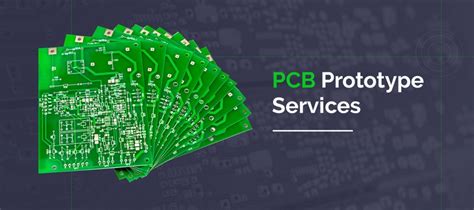
Improved Durability and Reliability
Flexible printed circuit boards (PCBs) have emerged as a pivotal innovation in the electronics industry, offering numerous advantages over traditional rigid PCBs. Among these benefits, improved durability and reliability stand out as particularly significant, making flex PCBs an increasingly popular choice for a wide range of applications. To understand why these attributes are so crucial, it is essential to explore the inherent characteristics of flex PCBs and how they contribute to enhanced performance.
One of the primary reasons for the superior durability of flex PCBs is their ability to withstand mechanical stress.
Unlike rigid PCBs, which are prone to cracking and breaking under pressure, flex PCBs are designed to bend and flex without sustaining damage. This flexibility is achieved through the use of materials such as polyimide or polyester, which provide both strength and pliability. Consequently, flex PCBs can endure repeated bending and twisting, making them ideal for applications where movement and vibration are common, such as in wearable technology and automotive electronics.
In addition to their mechanical resilience, flex PCBs offer improved reliability due to their simplified design.
Traditional rigid PCBs often require multiple connectors and interconnects to accommodate complex circuitry, which can introduce potential points of failure. In contrast, flex PCBs can integrate multiple layers and components into a single, continuous circuit, reducing the need for additional connectors. This streamlined design minimizes the risk of connection failures, thereby enhancing the overall reliability of the electronic device.
Moreover, the lightweight nature of flex PCBs contributes to their durability and reliability.
The reduced weight not only makes them easier to handle and install but also decreases the stress on solder joints and other components. This is particularly beneficial in applications where weight is a critical factor, such as in aerospace and portable consumer electronics. By reducing the load on these components, flex PCBs help prevent mechanical failures and extend the lifespan of the device.
Another factor that enhances the reliability of flex PCBs is their resistance to environmental factors.
The materials used in flex PCBs are often chosen for their ability to withstand extreme temperatures, humidity, and exposure to chemicals. This makes them suitable for use in harsh environments where traditional PCBs might fail. For instance, in the medical field, flex PCBs are used in devices that must operate reliably within the human body, where they are exposed to moisture and varying temperatures. Their robust construction ensures that they continue to function effectively under such conditions.
Furthermore, the adaptability of flex PCBs allows for innovative design solutions that can further improve durability and reliability.
Engineers can design circuits that conform to the shape of the device, optimizing space and reducing the likelihood of damage during assembly and use. This adaptability also enables the creation of more compact and efficient devices, which can be crucial in industries where space is at a premium.
In conclusion, the improved durability and reliability of flex PCBs make them an invaluable component in modern electronics.
Their ability to withstand mechanical stress, resist environmental factors, and offer a simplified, lightweight design ensures that they meet the demands of a wide range of applications. As technology continues to advance, the role of flex PCBs in enhancing the performance and longevity of electronic devices is likely to become even more pronounced, solidifying their place as a cornerstone of electronic innovation.
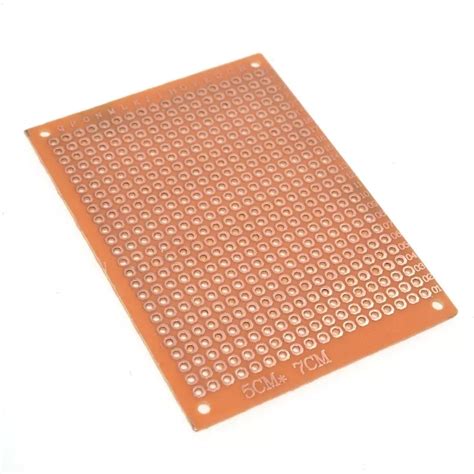
Cost-Effective Manufacturing Solutions
In the ever-evolving landscape of electronics manufacturing, the demand for innovative and cost-effective solutions has never been more pressing. Among the myriad of advancements, flexible printed circuit boards (flex PCBs) have emerged as a pivotal technology, offering a multitude of benefits that cater to the needs of modern manufacturers. As companies strive to optimize production processes and reduce expenses, the adoption of flex PCBs presents a compelling case for cost-effective manufacturing solutions.
To begin with, one of the most significant advantages of flex PCBs is their inherent design flexibility.
Unlike traditional rigid circuit boards, flex PCBs can be bent, folded, and twisted to fit into compact and irregularly shaped spaces. This adaptability not only allows for more efficient use of space within electronic devices but also reduces the need for additional connectors and components. Consequently, manufacturers can achieve a reduction in material costs, which directly contributes to overall cost savings.
Moreover, the lightweight nature of flex PCBs further enhances their appeal as a cost-effective solution.
By utilizing materials such as polyimide or polyester films, flex PCBs are significantly lighter than their rigid counterparts. This reduction in weight is particularly advantageous in industries such as aerospace and automotive, where minimizing weight is crucial for performance and fuel efficiency. As a result, manufacturers can achieve cost savings not only in material expenses but also in transportation and logistics.
In addition to their physical attributes, flex PCBs offer substantial benefits in terms of reliability and durability.
The ability to withstand dynamic flexing and mechanical stress makes them ideal for applications where movement and vibration are prevalent. This durability translates into longer product lifespans and reduced maintenance costs, as devices incorporating flex PCBs are less prone to failure. Consequently, manufacturers can enjoy cost savings through decreased warranty claims and fewer product returns.
Furthermore, the streamlined assembly process associated with flex PCBs contributes to their cost-effectiveness.
The integration of multiple components onto a single flex PCB eliminates the need for complex wiring and interconnections, simplifying the assembly process. This reduction in assembly complexity not only shortens production times but also minimizes the likelihood of errors, leading to improved yield rates. As a result, manufacturers can achieve higher production efficiency and lower labor costs, further enhancing the cost-effectiveness of flex PCBs.
Additionally, the environmental benefits of flex PCBs cannot be overlooked.
The reduction in material usage and waste generation aligns with the growing emphasis on sustainable manufacturing practices. By minimizing the environmental impact of production processes, manufacturers can not only reduce costs associated with waste management but also enhance their corporate social responsibility initiatives. This alignment with sustainability goals can lead to increased brand value and customer loyalty, providing an indirect yet significant cost advantage.
In conclusion, the adoption of flexible printed circuit boards offers a multitude of benefits that make them an attractive option for cost-effective manufacturing solutions. From their design flexibility and lightweight nature to their reliability and streamlined assembly process, flex PCBs provide manufacturers with the tools to optimize production and reduce expenses. As industries continue to seek innovative ways to enhance efficiency and sustainability, the role of flex PCBs in achieving these objectives is poised to grow, solidifying their position as a cornerstone of modern electronics manufacturing.

